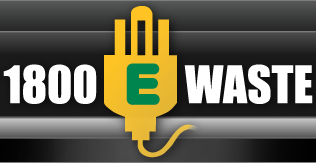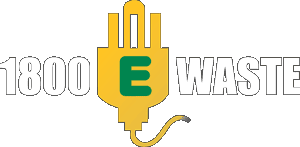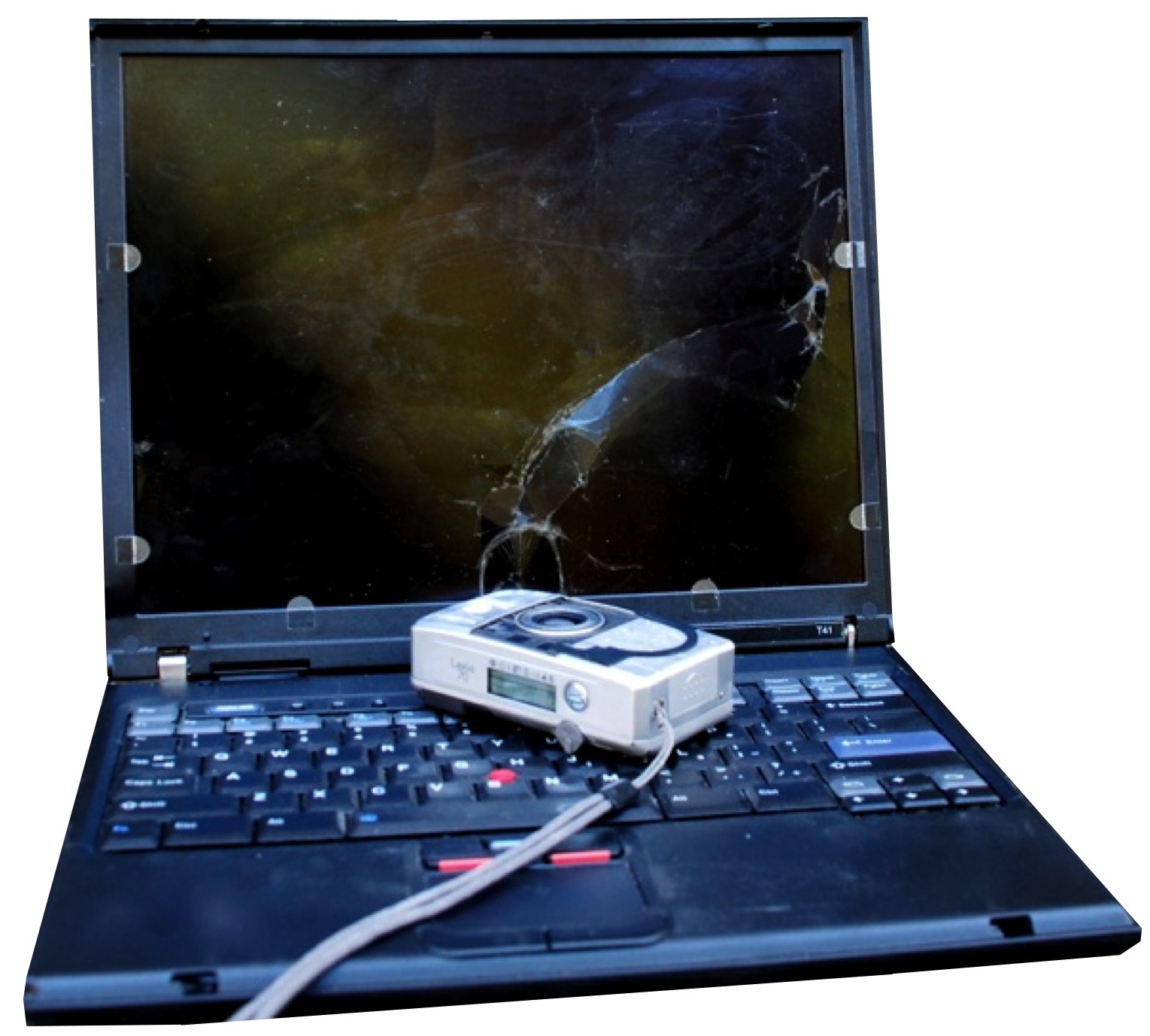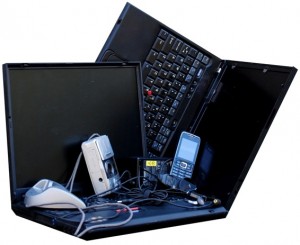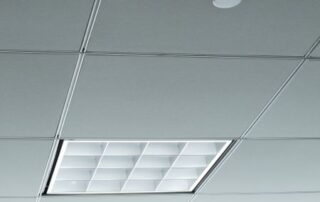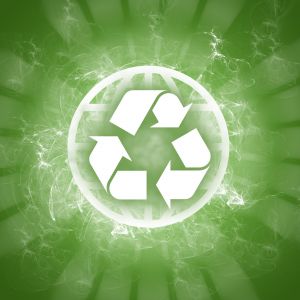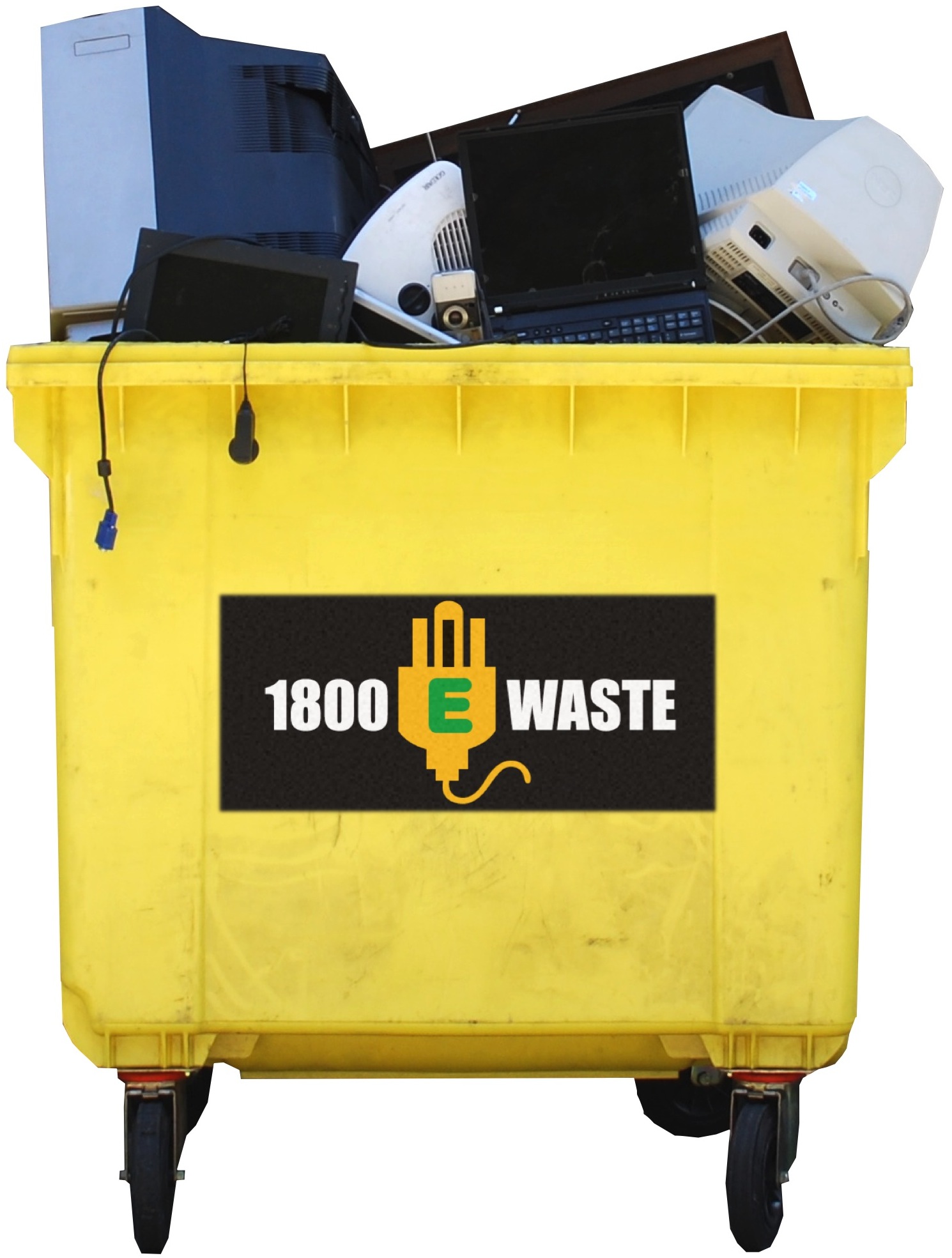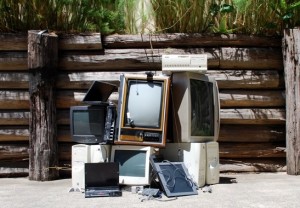Articles on e-waste and computer recycling
Ensure That Your Old Computer Does Not Become E-Waste
With computer technology ever-evolving and competitive low prices, old (and often still working) computers are fast becoming the highest form of E-Waste the world over. The danger in this is the improper disposal of your unwanted computers through landfills, allowing them to add to the constantly growing E-Waste statistics. On average… 1.6 million computers were simply thrown out with the trash in 2006 with only 500,000 being recycled; 1.8 million were in storage and… 5.3 million were simply sitting unused gathering dust. What the owners of those 1.6 million computers improperly disposed of were probably unaware of was the highly toxic composition of their
